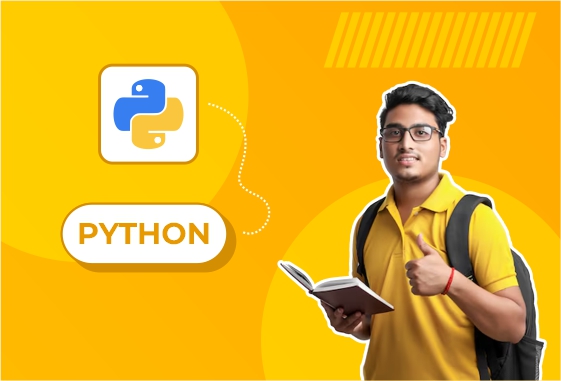
Text Generation with GPT Models
Project Title:Text Generation using GPT Models
Objective:
To build a system that can automatically generate coherent and contextually relevant text based on a given prompt using pre-trained Generative Pretrained Transformer (GPT) models.
???? Project Overview:
Text generation is a key task in Natural Language Processing (NLP) that involves creating meaningful and syntactically correct text. Using GPT models (like GPT-2, GPT-3, or GPT-Neo), this project explores how deep learning can be used to predict and generate the next word or sentence in a sequence, enabling applications such as story writing, email drafting, chatbots, and code generation.
???? Key Steps in the Project:
Understanding GPT Models:
GPT models are based on Transformer architecture.
Trained on large-scale text corpora to learn language patterns, grammar, and context.
Data (if fine-tuning is required):
Use domain-specific text (e.g., movie scripts, product descriptions, Wikipedia articles).
Clean and tokenize text into sequences.
Model Selection:
Use pre-trained models such as:
GPT-2, GPT-3 (via OpenAI API)
GPT-Neo / GPT-J (open-source alternatives)
Optionally fine-tune the model for a specific domain or tone.
Text Generation Process:
Provide a prompt (starting text).
The model predicts and appends the most probable next word repeatedly.
Use sampling methods like:
Greedy Search
Top-k Sampling
Top-p (nucleus) Sampling
Temperature Control to adjust creativity.
Evaluation:
Evaluate text quality using:
Perplexity (how well the model predicts the next word)
Human judgment (coherence, relevance, grammar)
BLEU/ROUGE scores (optional for comparing to reference text)
Deployment:
Create a web interface using Flask, Streamlit, or Gradio where users input prompts and receive generated text.
Optionally integrate into a chatbot or writing tool.
????️ Tools & Technologies:
Programming Language: Python
Libraries/Frameworks:
Hugging Face Transformers
TensorFlow / PyTorch
Streamlit / Flask for UI
OpenAI API (for GPT-3)
✅ Applications:
Creative writing (stories, poetry)
Content creation tools
Customer support bots
Email and message autocomplete
Code generation (e.g., GitHub Copilot)
???? Conclusion:
The Text Generation with GPT Models project introduces students to cutting-edge NLP technology, teaching them how to harness the power of large language models. It covers prompt engineering, model fine-tuning, sampling strategies, and ethical considerations, making it ideal for understanding real-world AI language applications.





